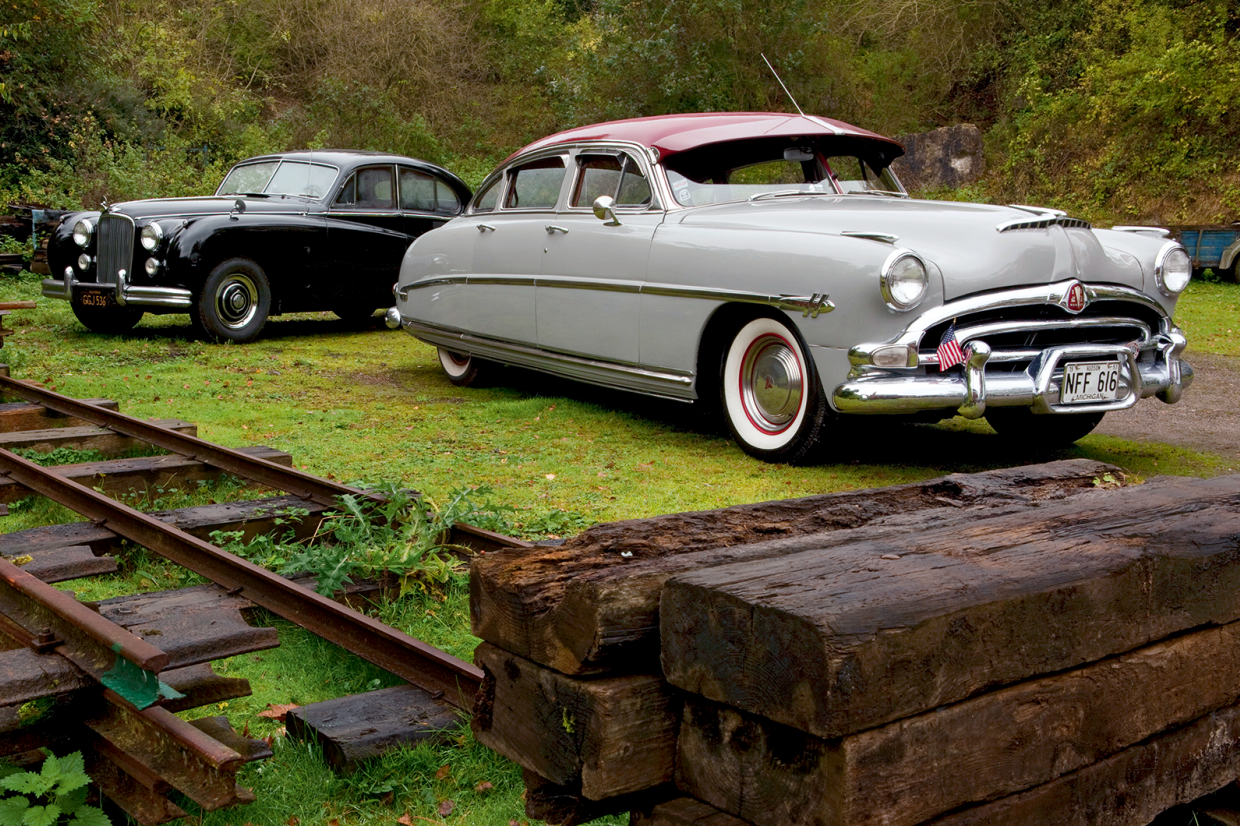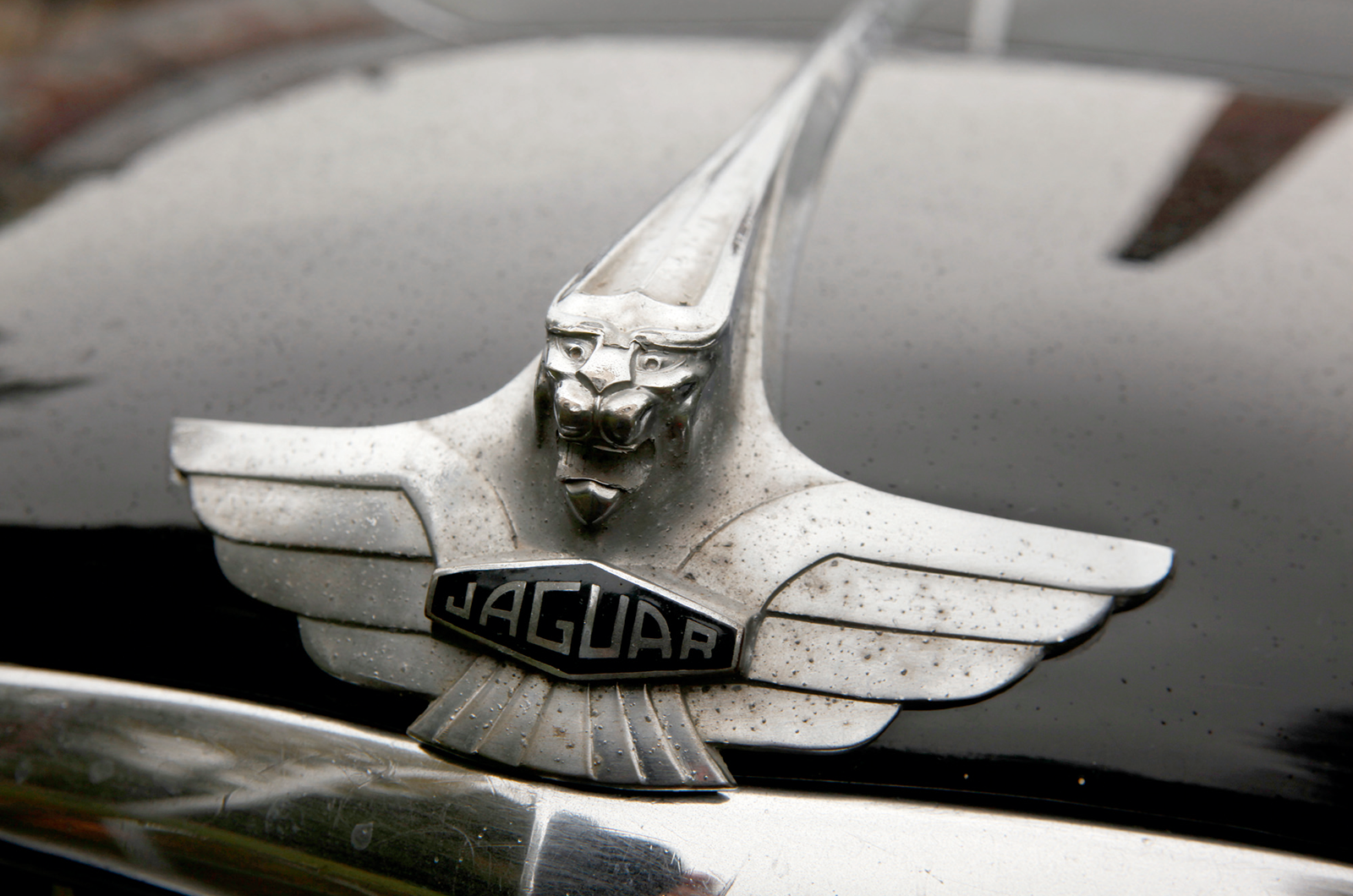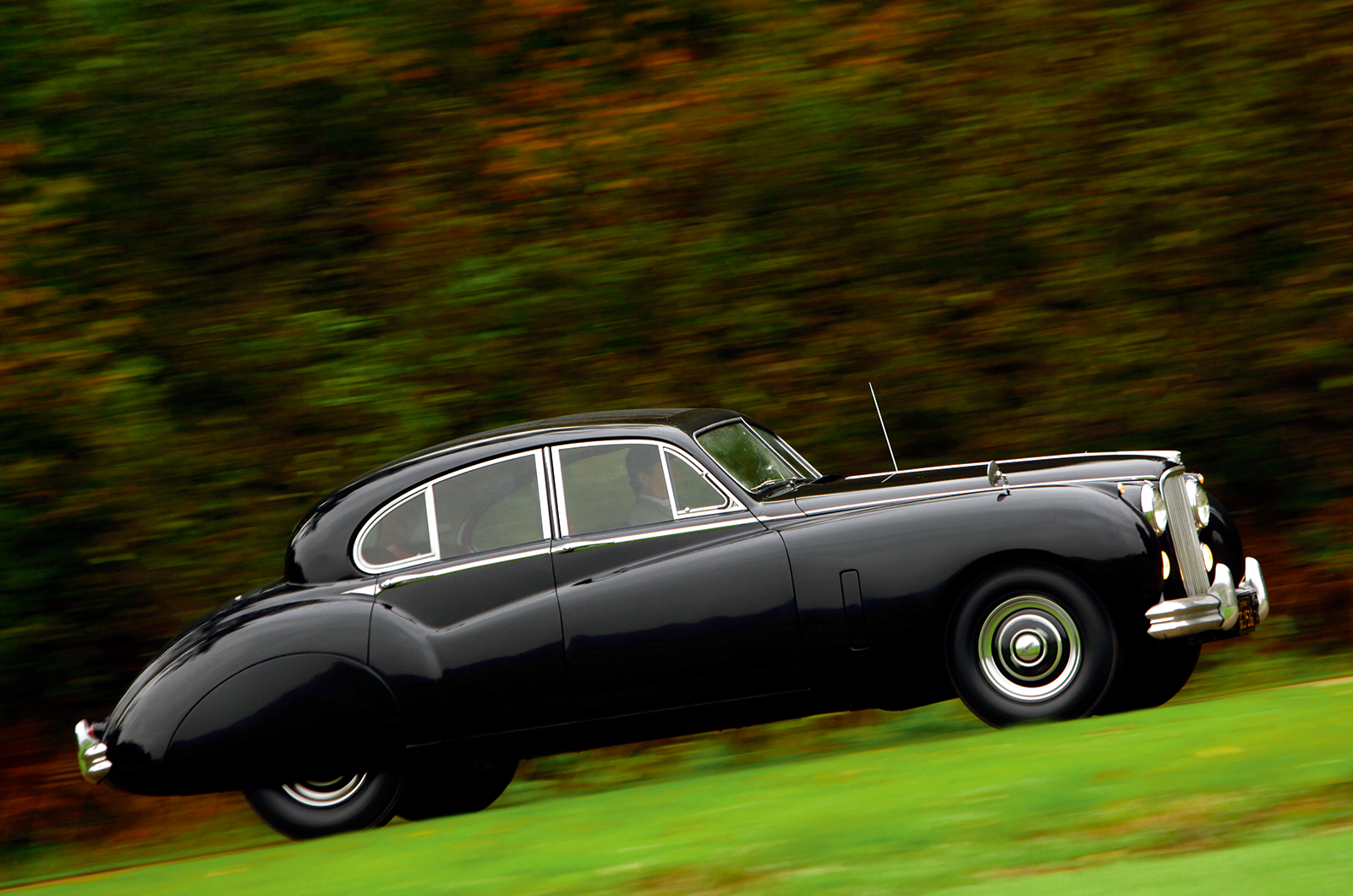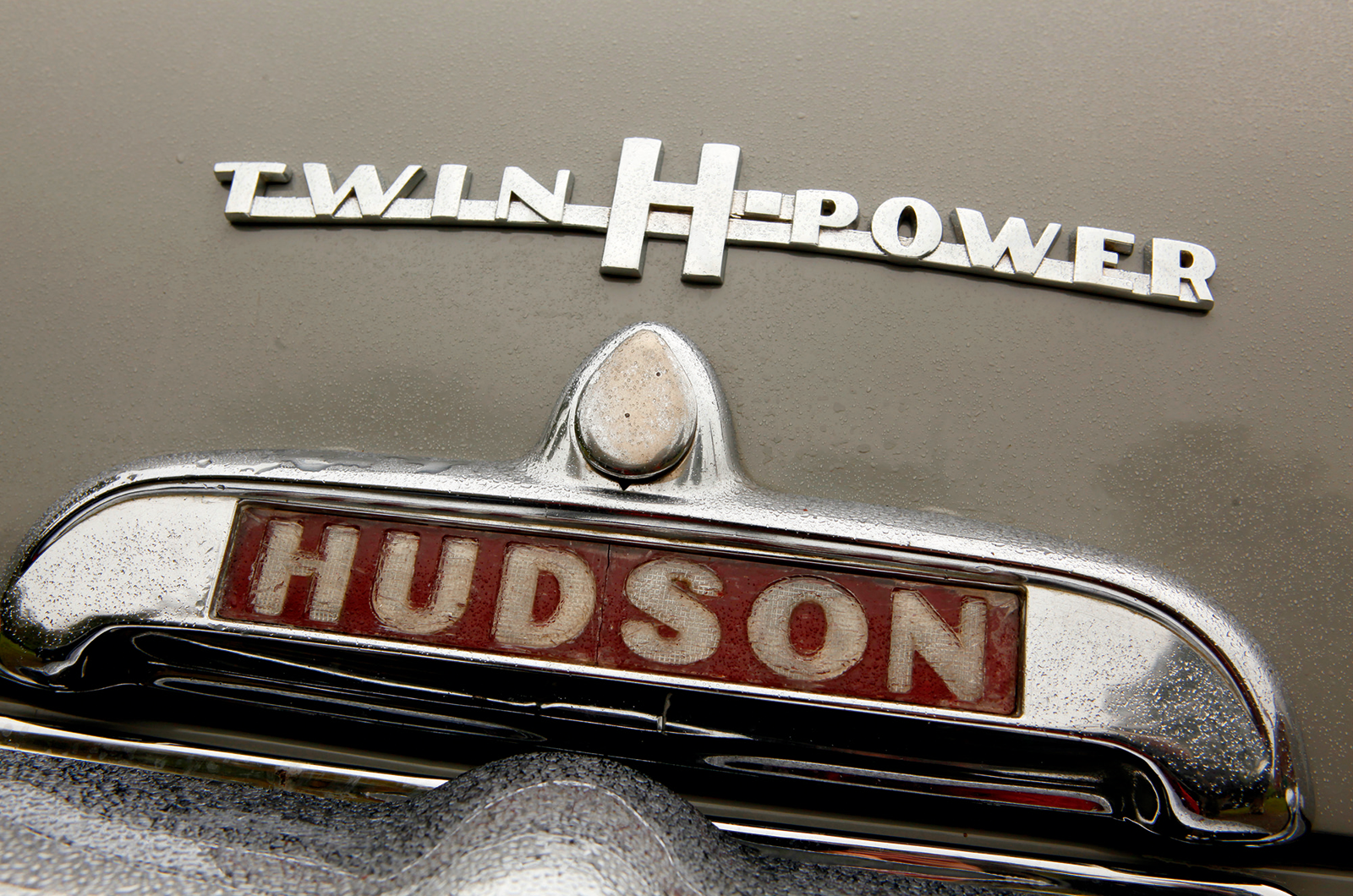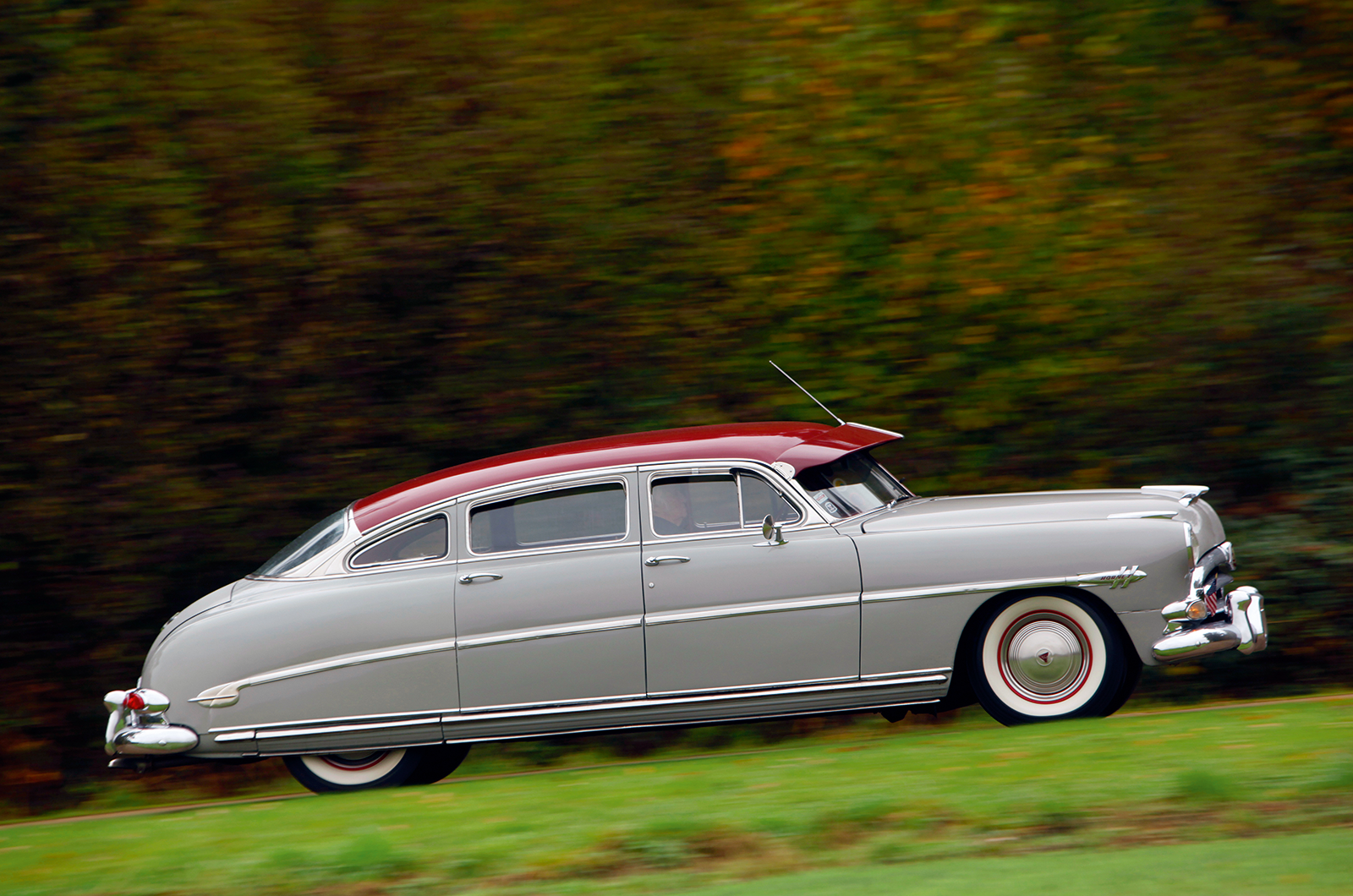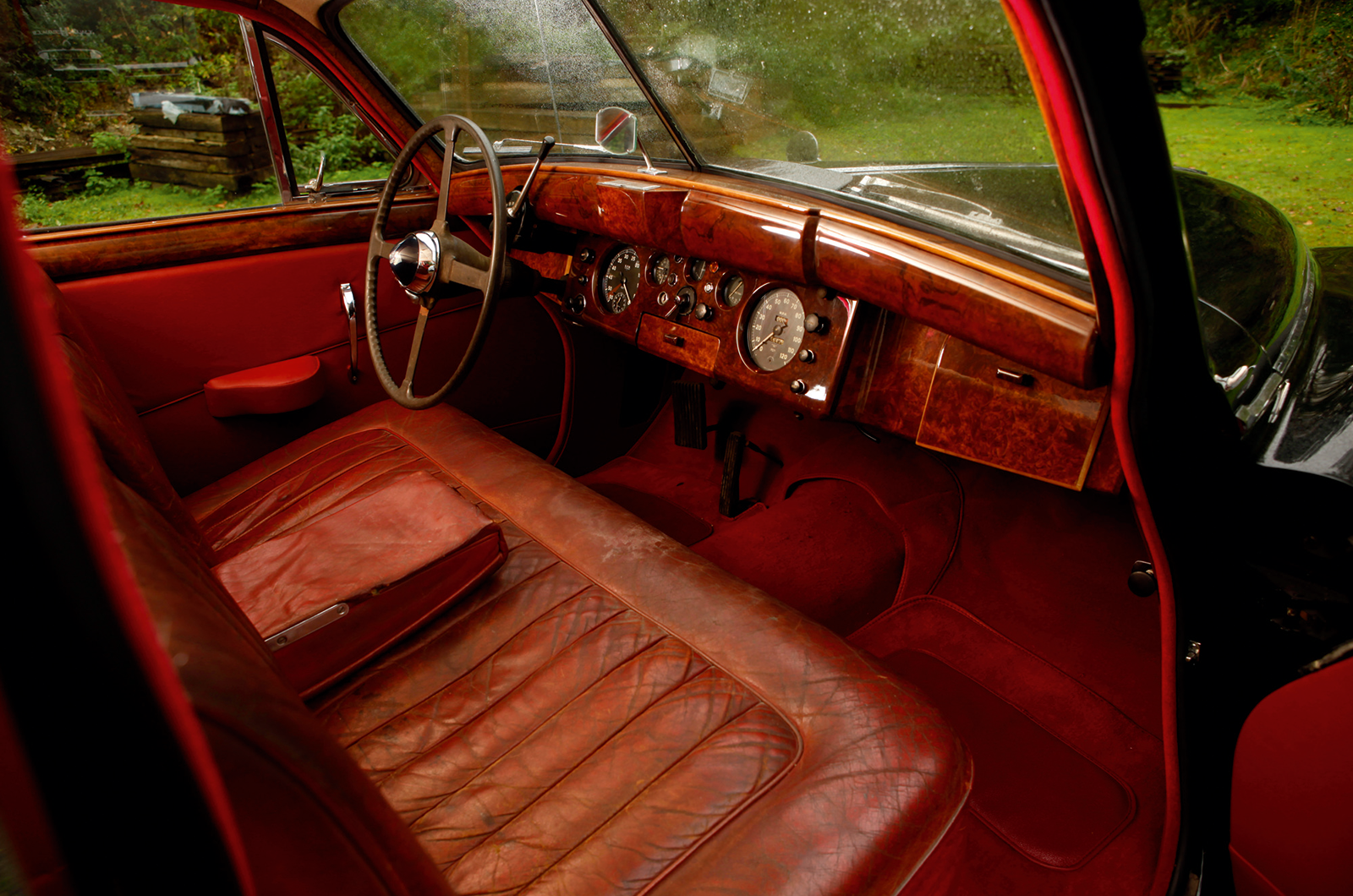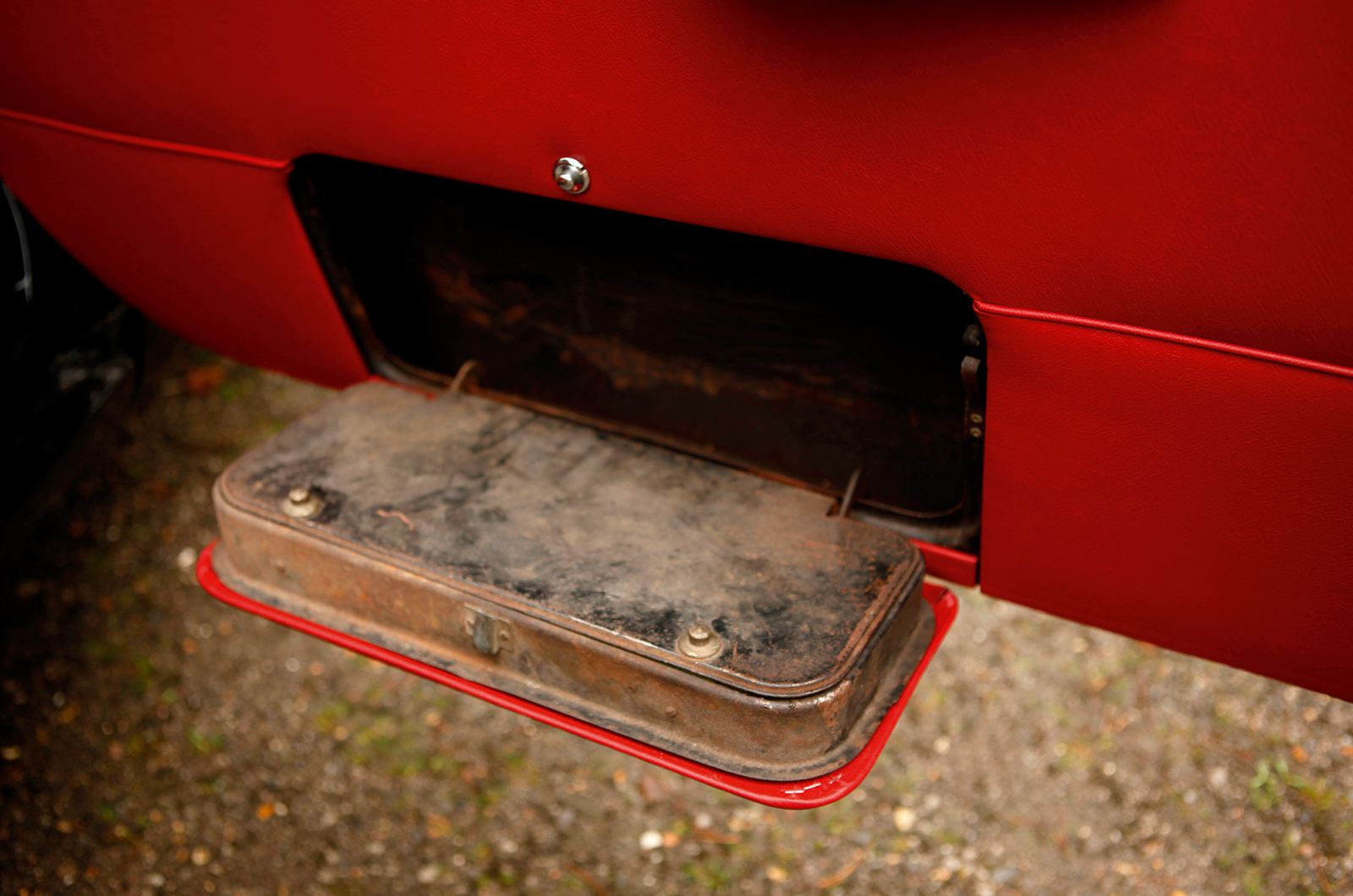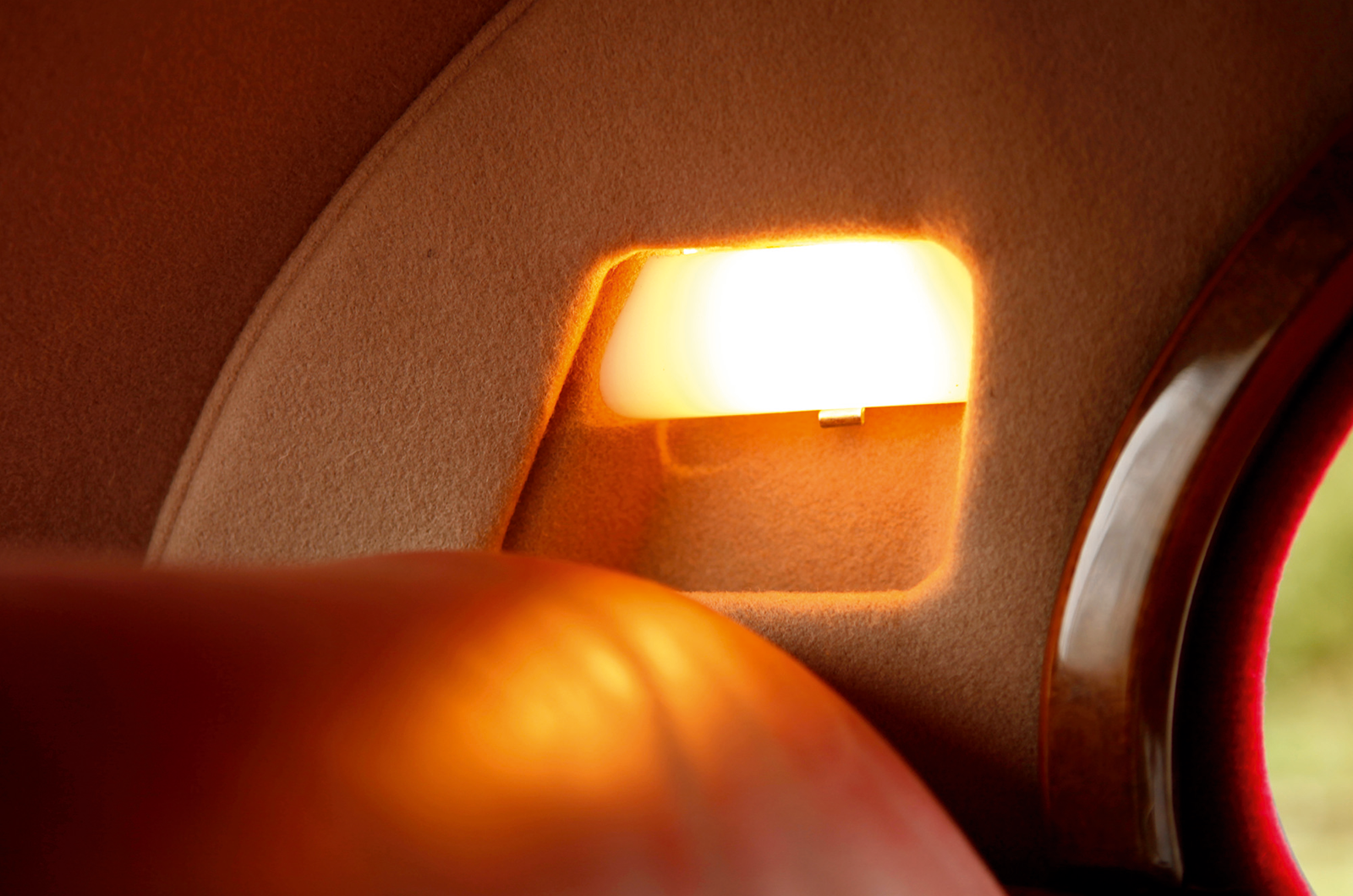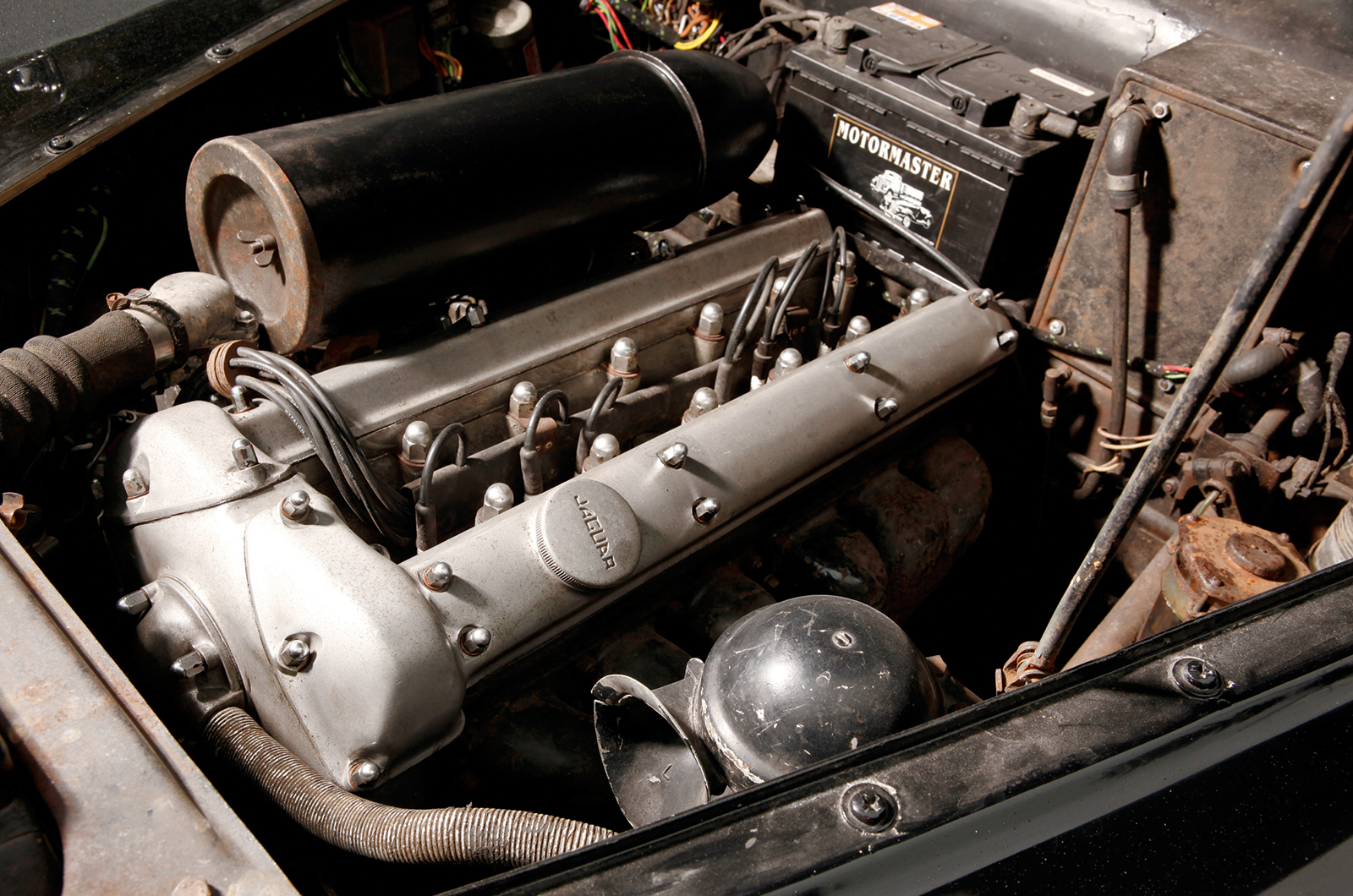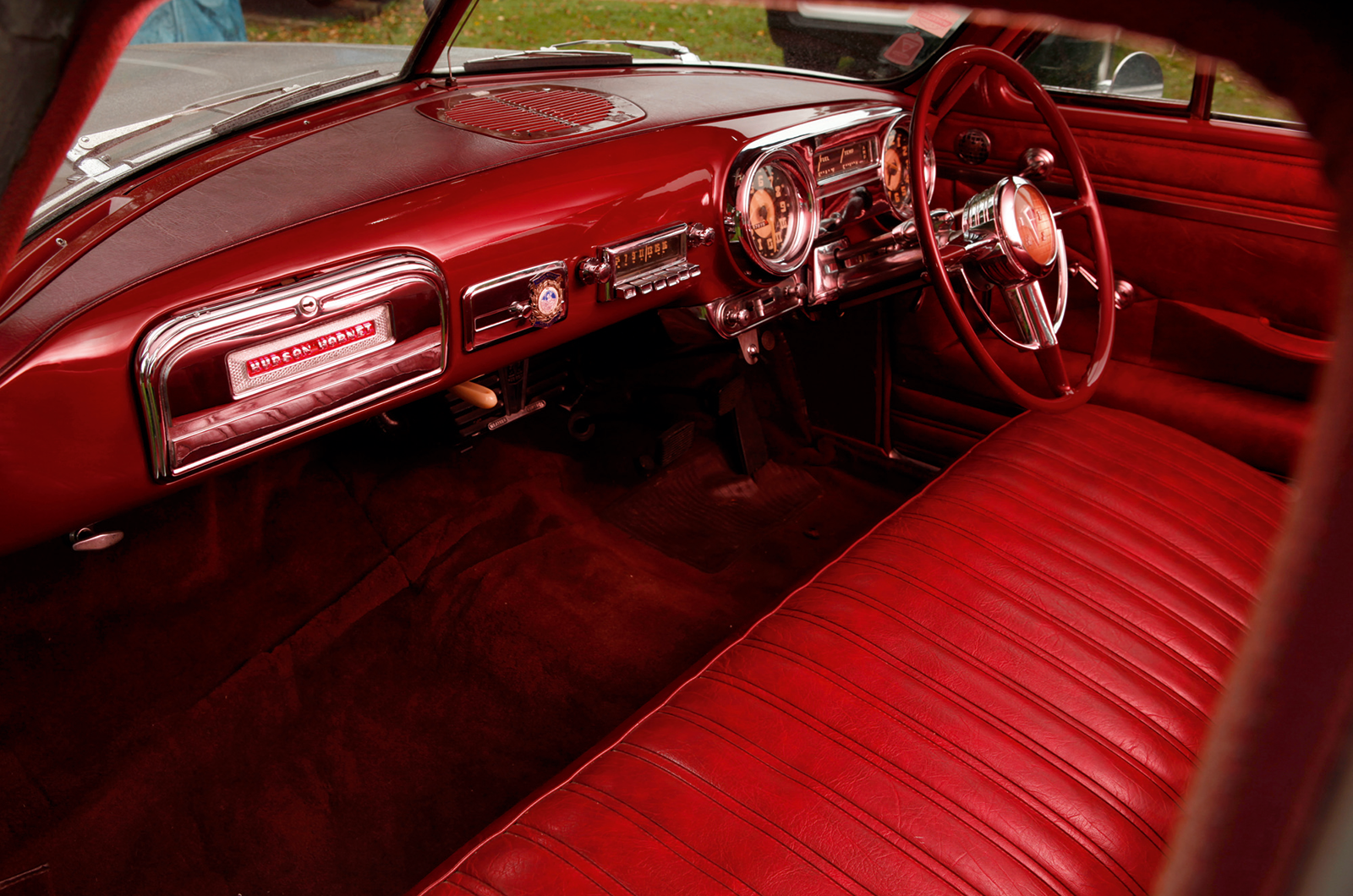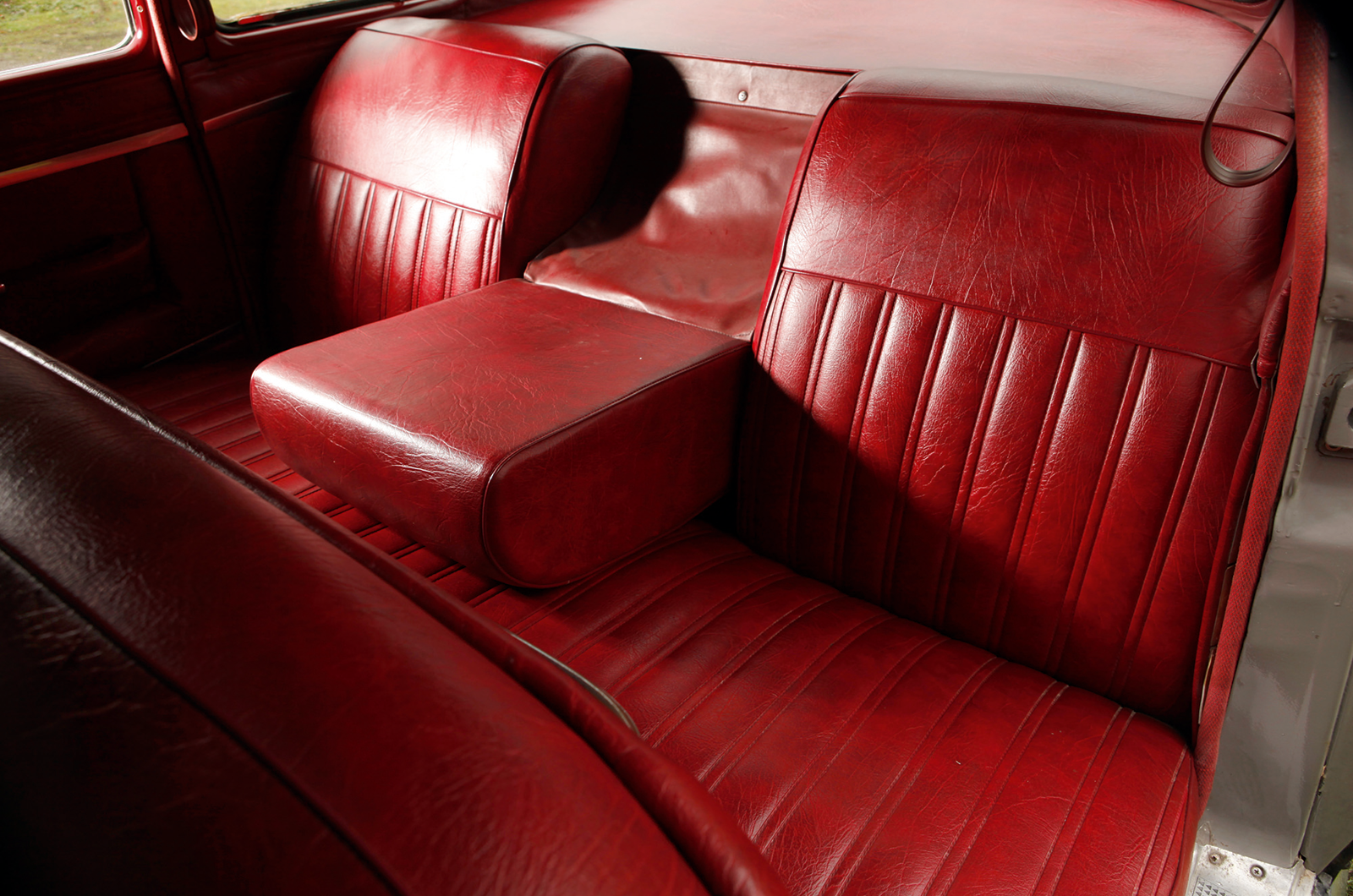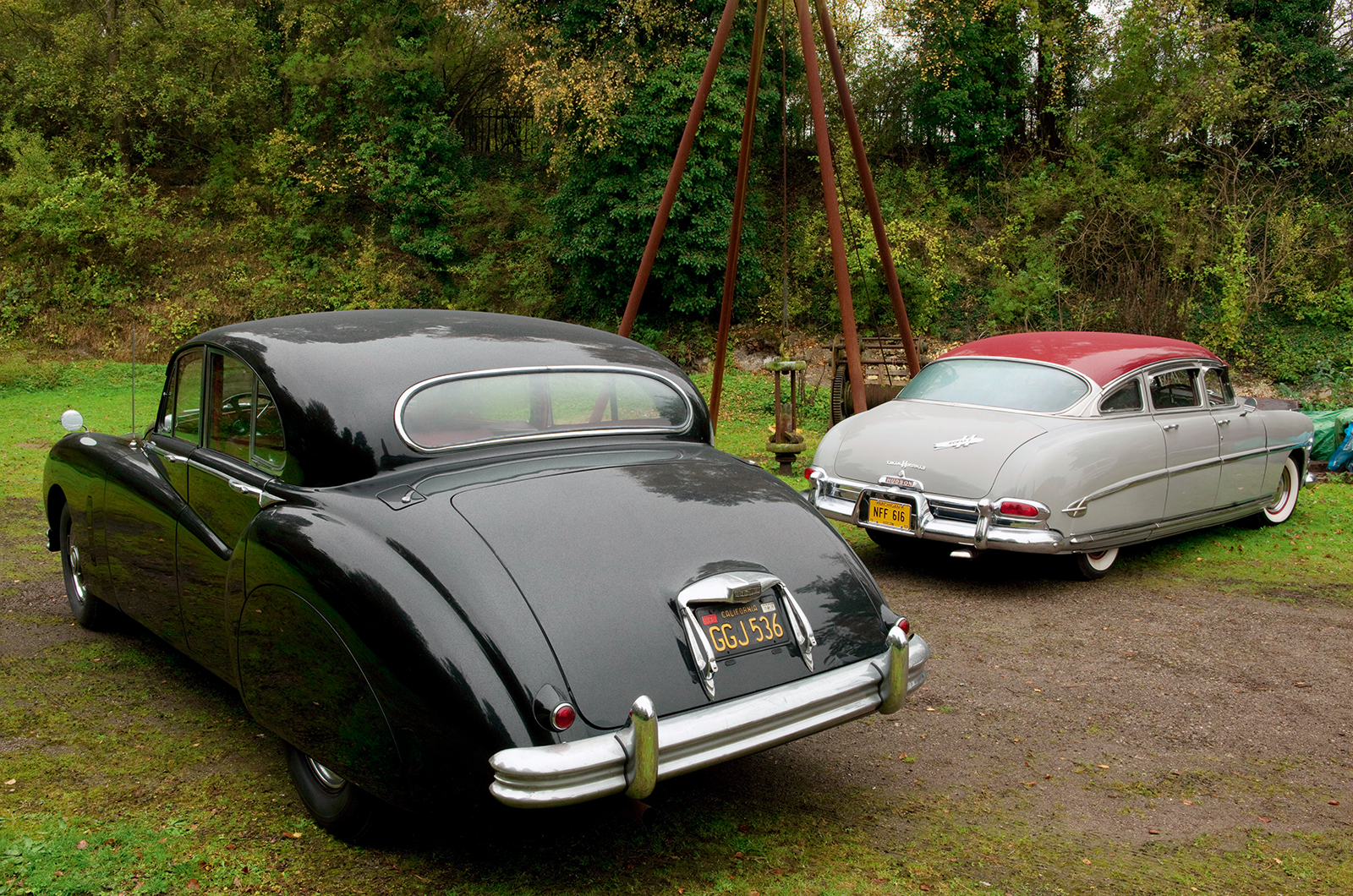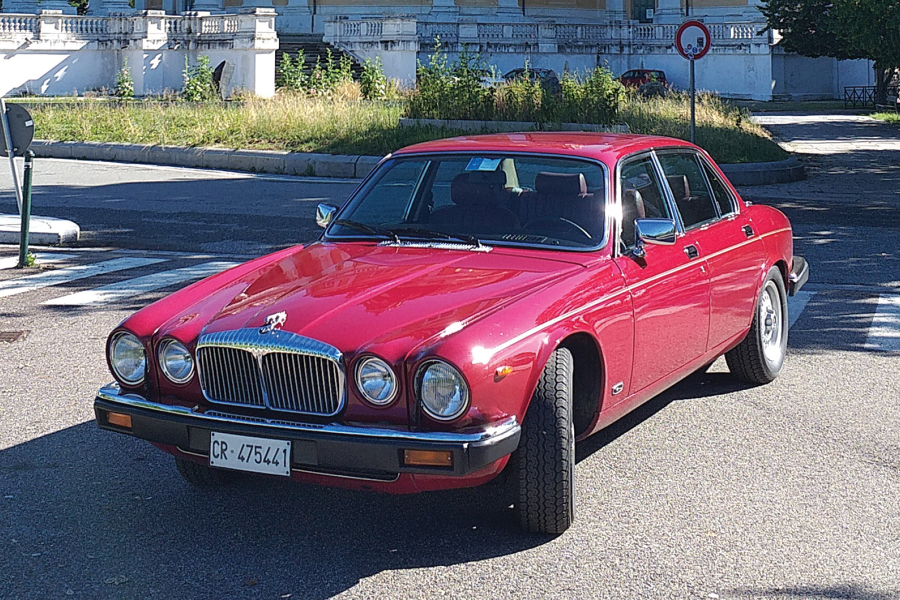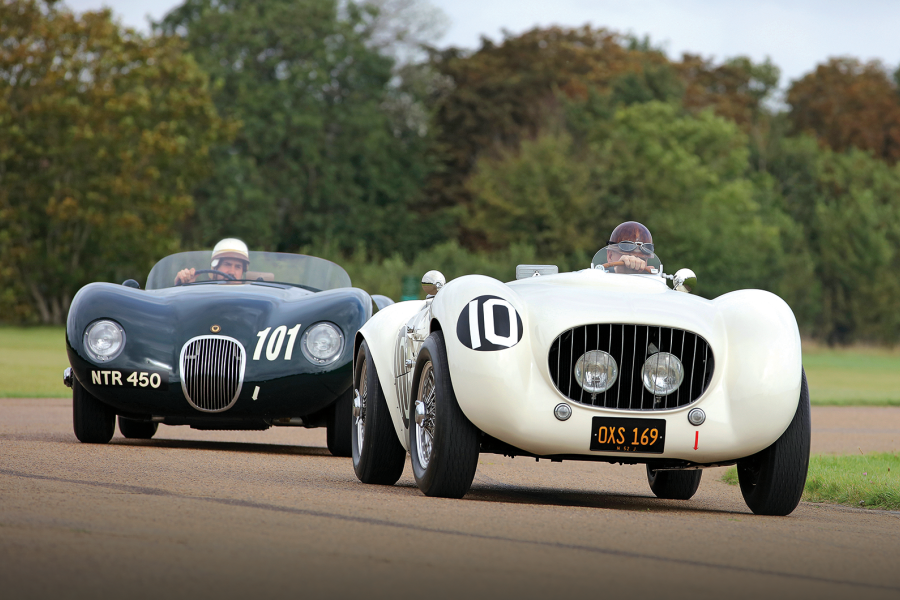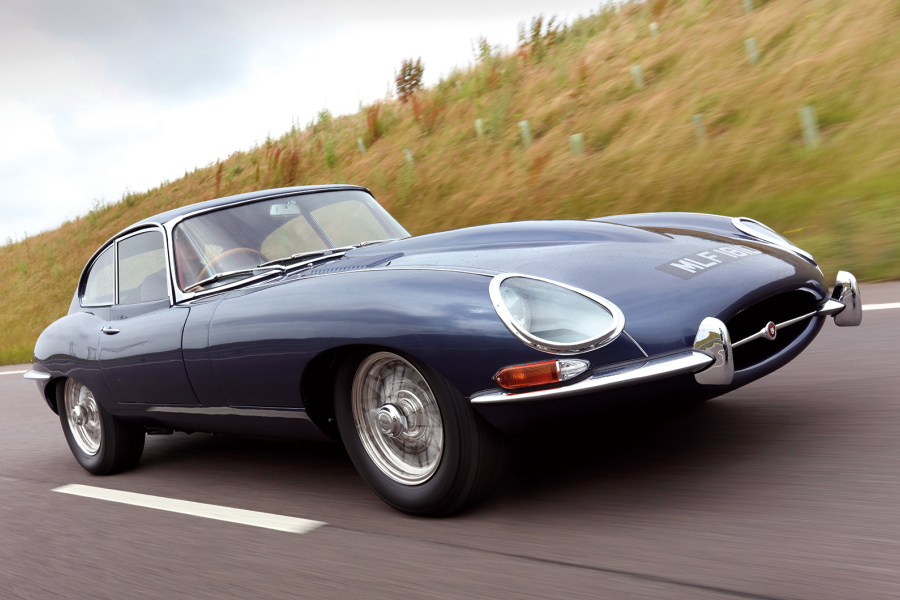Both cars were the antithesis of planned obsolescence, but while the Jaguar MkVII’s largely unchanging appearance until the demise of the MkIX in 1961 was acceptable and, indeed, almost de rigueur for an imported prestige car, the Hudson was competing in a market sector that was to become known in Eisenhower’s America as ‘The Status Seekers’.
The Jaguar’s customer base was more concerned with the MkVII’s progressive development than the mere vagaries of fashion, but corporate climbers cared less for competition victories than the fact that the Hornet’s fastback styling and six-cylinder engine were redolent of the previous decade.
Ironically, the Hudson’s famed construction meant that any change to its lines would incur a vastly expensive redesign.
A minor facelift plus an increase in power for the standard engine in 1954 did nothing to stem the collapse of sales and, in that same year, Hudson merged with Nash-Kelvinator to form the American Motors Corporation.
The Hudson Hornet engine was widely tuned in period
The step-down body was dropped in ’55, and the marque died in ’57, by which time the Hudson Hornet was merely a V8-powered version of the decidedly unfabulous Nash Ambassador.
The respective appeal of these two examples of the automobile engineer’s high art is complementary.
The Jaguar is a six-seater mobile drawing room, ideal for purring between yellow cabs along 44th Avenue or making a discreet, classy arrival at Times Square’s The Algonquin Hotel, the driver ever-mindful of the XK power at their command.
As for the Hudson, it is a prime example of how US car companies outside the Big Three that can least afford to take risks are often the most willing to try.
For racing or for transporting occupants in coachbuilt levels of comfort across the America of rural two-lane blacktop and dirt roads, the Hornet has few peers.
Images: Tony Baker
Thanks to: The Jaguar Drivers’ Club; Twyford Waterworks
This was first in our May 2012 magazine; all information was correct at the date of original publication
Factfiles
Jaguar MkVII
- Sold/number built 1951-’56/6212
- Engine 3442cc dohc straight-six; 160bhp @ 5200rpm; 195lb ft @ 2500rpm
- Transmission three-speed automatic, RWD
- Suspension: front independent, by wishbones and torsion bars rear live axle, semi-elliptic springs
- Steering recirculating ball
- Brakes drums, servo
- Length 16ft 4½in (4991mm)
- Width 6ft 1in (1854mm)
- Height 5ft 3in (1600mm)
- Wheelbase 10ft (3048mm)
- Weight 3866lb (1754kg)
- 0-60mph 13.6 secs
- Top speed 104mph
- Mpg 19
- Price new £1693
Hudson Hornet
- Sold/number built 1951-’57/156,008
- Engine 5047cc ohv straight-six; 145bhp @ 3800rpm; 275lb ft @ 2600rpm
- Transmission three-speed manual, overdrive, RWD
- Suspension: front independent, by wishbones, coil springs, anti-roll bar rear semi-floating axle, semi-elliptic leaf springs
- Steering worm and roller
- Brakes drums
- Length 17ft 5in (5308mm)
- Width 6ft 5½in (1968mm)
- Height 5ft 1in (1549mm)
- Wheelbase 10ft 4in (3149mm)
- Weight 3600lb (1632kg)
- 0-60mph 14 secs
- Top speed 101mph
- Mpg 14
- Price new $2568
Enjoy more of the world’s best classic car content every month when you subscribe to C&SC – get our latest deals here
READ MORE
Buyer’s guide: Jaguar MkVII-MkIX
Cadillac Seville vs Mercedes-Benz 300D: transatlantic oil tankers
Datsun 240Z vs Triumph TR6: the battle for America
Andrew Roberts
Andrew is a long-time contributor to Classic & Sports Car
